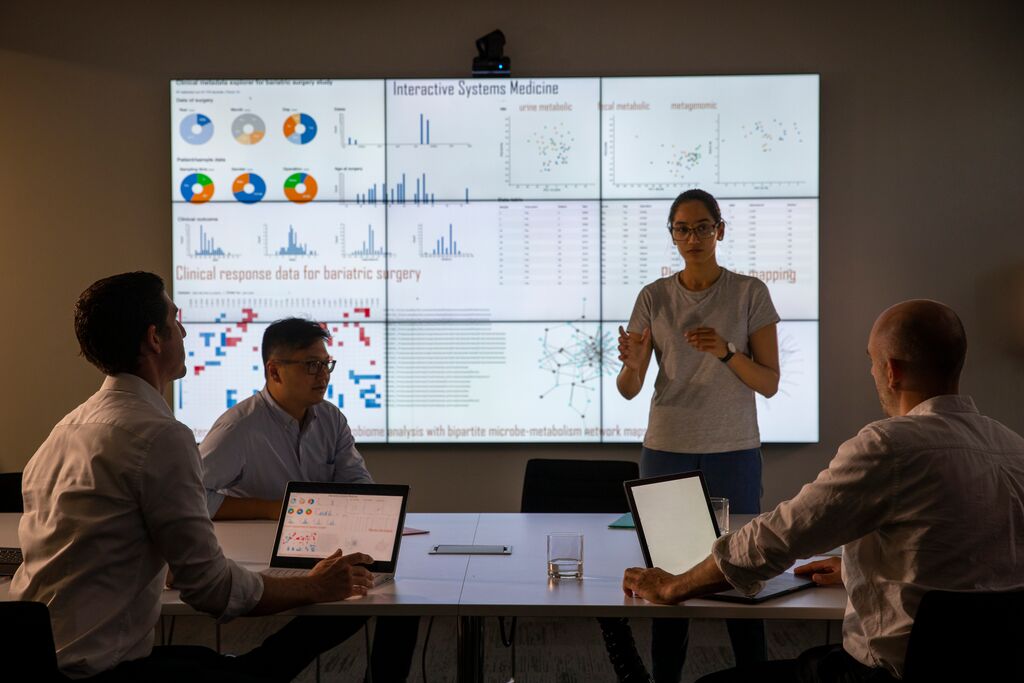





























- Locations
- Asia Pacific
- Unlocking Hidden Potential: A Guide to Launching Rare Disease Drugs in APAC
The Asia-Pacific (APAC) region, home to over 60% of the world's population, holds immense potential for rare disease drugs, with an estimated 258 million people.1 The global rare disease market is expected to reach ~$370 billion by 2030,2 with North America capturing ~54% share. In the APAC region, it is far more difficult to launch rare disease treatments than it is to launch blockbuster drugs for common illnesses. The region's varying definitions of rare diseases, market access pathways, and funding sources (Figure 1) necessitate meticulous prelaunch planning.

Figure 1: Assessment of rare disease market maturity in APAC region, focusing on specific markets
Challenges to launching rare disease treatments in APAC region (Figure 2):
- Unclear definitions and low awareness: The ambiguous nature of rare diseases, compounded by a lack of public awareness, results in delays in diagnoses and treatment.
- Limited healthcare capacity: Lack of necessary infrastructure and specialist expertise to handle rare diseases.
- Funding constraints: 1) securing adequate funding for rare disease treatments, especially in resource-constrained markets; the emphasis on cost-effectiveness can outweigh the potential benefits of orphan drugs; 2) the process for securing funding often lacks clear guidelines.
- Reimbursement hurdles for orphan drugs: Cost-effectiveness often overshadows the unique value proposition of orphan drugs for smaller patient populations. This limits patient access through national healthcare systems.

Figure 2: Key challenges to launching rare disease treatments in APAC region
A good case study in this connection is an innovative thalassemia treatment that gained enormous success in the US market (over $800 million in sales and 50%+ annual growth) but struggled in most APAC countries.3 It failed to attain double-digit patient numbers despite a successful launch. This situation underscores a critical challenge: substantial disparities in rare disease identification and drug consumption across different regions. Addressing this challenge requires meticulous planning that factors in the maturity of healthcare systems, intricate regulatory landscapes, and limited funding mechanisms specific to rare diseases.
For multinational pharmaceutical companies venturing into the APAC rare disease market, success hinges on a well-defined prelaunch strategy. The following are three key pillars to build upon:
1. Tailored go-to-market strategies
Multinational pharmaceutical companies must invest in in-depth feasibility studies to understand the specific needs of each target market. This includes:
- Rare disease landscape: Conduct thorough research to understand the prevalence of the targeted rare disease in each APAC country. Partner with local research institutions and patient advocacy groups to gain valuable insights.
- Regulatory landscape: Ensure smooth, efficient drug registration by understanding specific regulatory pathways and partnering with local experts.
- Funding source and patient affordability: Analyse reimbursement mechanisms and funding availability for rare diseases to inform pricing and potential partnerships with national healthcare systems.
- Competitive intelligence: Analyse existing and pipeline treatments, competitor pricing, and product differentiation.
2. Maximising patient access
Achieving patient access and affordability for treatment is a crucial component of successful drug launches. Here is how multinational pharmaceutical companies can achieve this goal:
- Reimbursement advocacy: Partner with stakeholders to expand access through national reimbursement schemes.
- Building healthcare capacity: Collaborate with institutions to ensure proper diagnosis, management, and administration of treatment.
- Targeted awareness campaign: Educate healthcare professionals, patients, and policymakers about rare diseases and the benefits of associated treatments.
3. Navigating funding constraints
Limited public resources often pose a significant challenge to the treatment of rare diseases in the APAC region. Here are a few potential strategies for navigating funding constraints:
- Innovative funding models: Explore alternative financing models, such as pay-for-performance schemes, where reimbursement is tied to achieving specific treatment outcomes.
- Public–private partnerships: Collaborate with government agencies, healthcare institutions, and patient advocacy groups to explore co-funding opportunities and secure grants for treatment access programmes.
- Private insurance engagement: Negotiate with private insurance companies to include your rare disease drugs in their coverage plans, expanding patient access to those with private insurance.
Building long-term success
A successful launch is just the first step. Multinational pharmaceutical companies must also focus on building long-term sustainability in the APAC rare disease market. To achieve this, consider the following strategic actions:
- Creating innovative funding models: Collaborate with government agencies, private insurance companies, and non-governmental organizations (NGOs) to devise a sustainable funding model that ensures greater access to rare disease treatments.
- Engaging with key opinion leaders specialising in rare diseases. They can significantly shape policy, influence treatment decisions, and raise awareness among their peers.
- Partnering with patient advocacy groups to understand patient needs, gather valuable data for local clinical trials, and advocate for reimbursement policies.
- Engaging with policymakers to advocate for policies that expedite patient access to rare disease treatments, improve diagnostic methods, and create dedicated funding mechanisms for rare diseases.
References
1. Asia Pathways - ADBI. (2020, July). Rare Diseases in Asia-Pacific Must Be Tackled Too.
2. Fortune Business Insights. (n.d.). Orphan Drugs Market Analysis, Insights and Forecast, 2020-2027.
3. IQVIA MIDAS data and past project experiences with leading rare disease pharmaceutical companies in the year 2023


